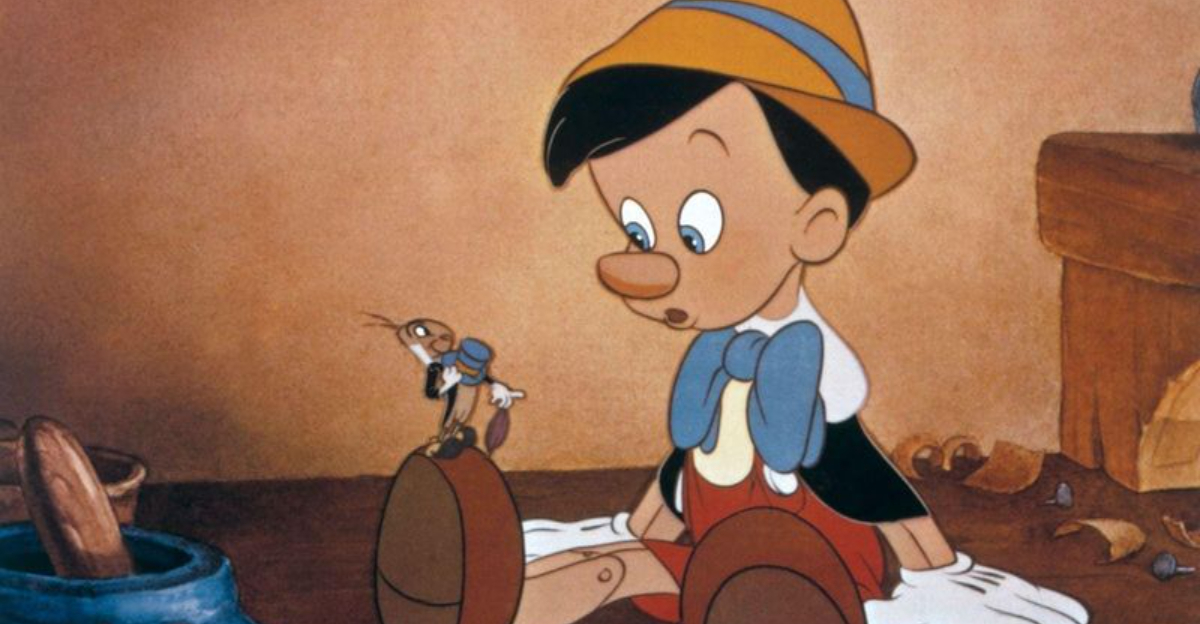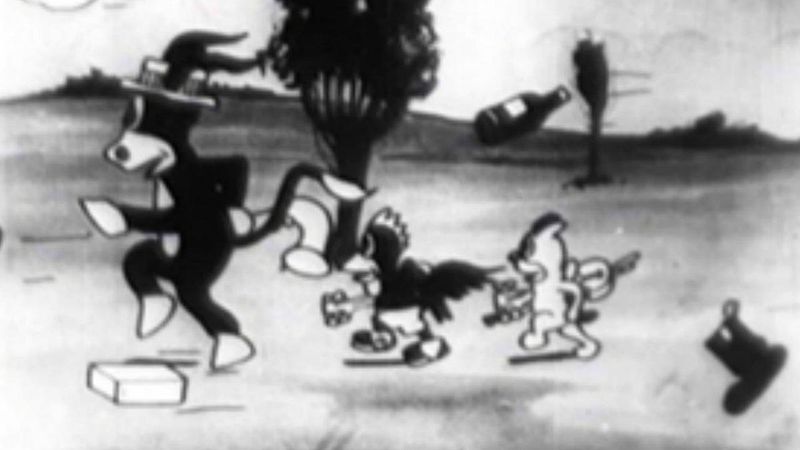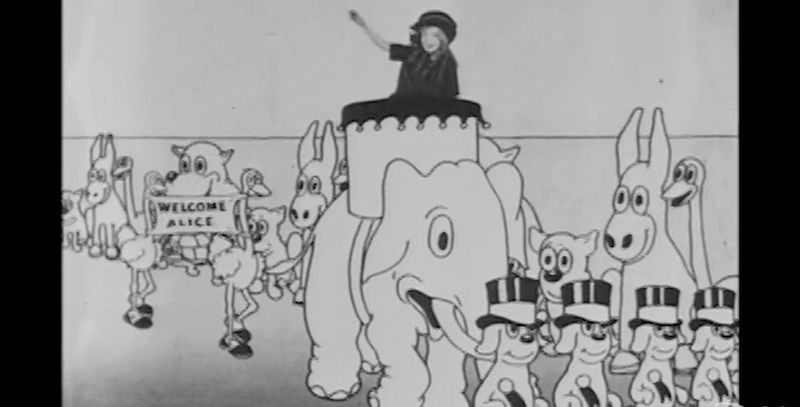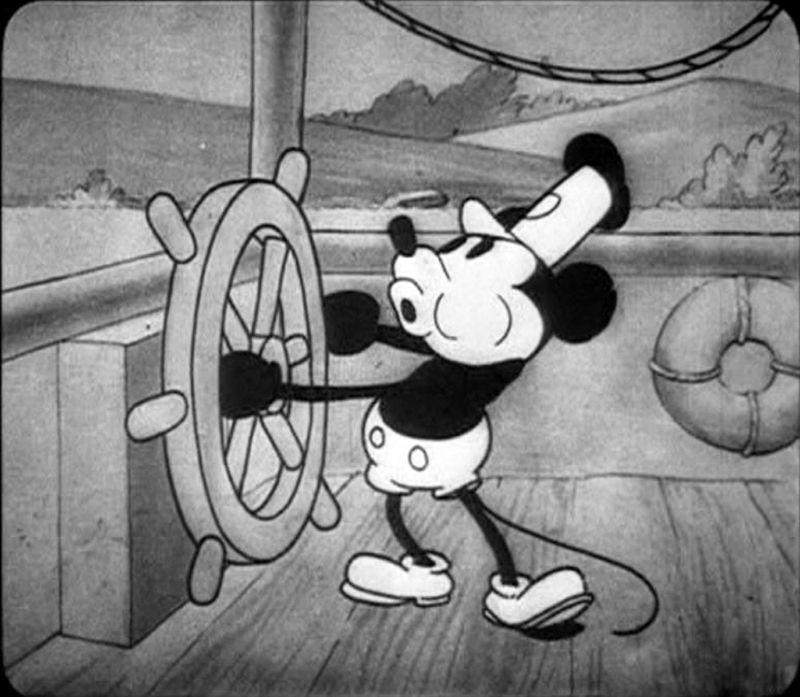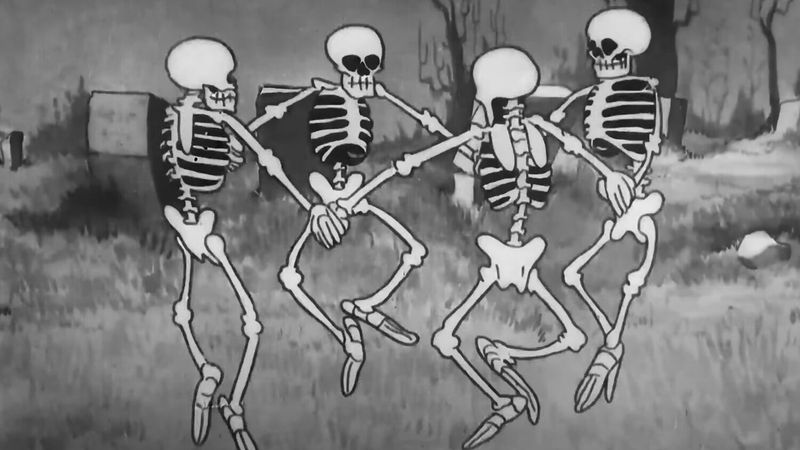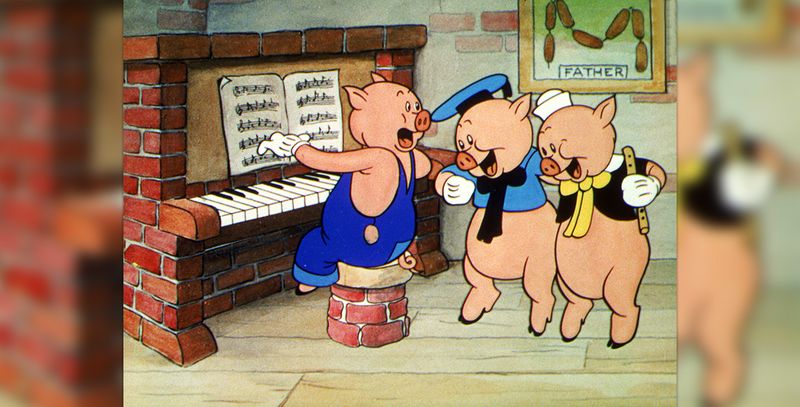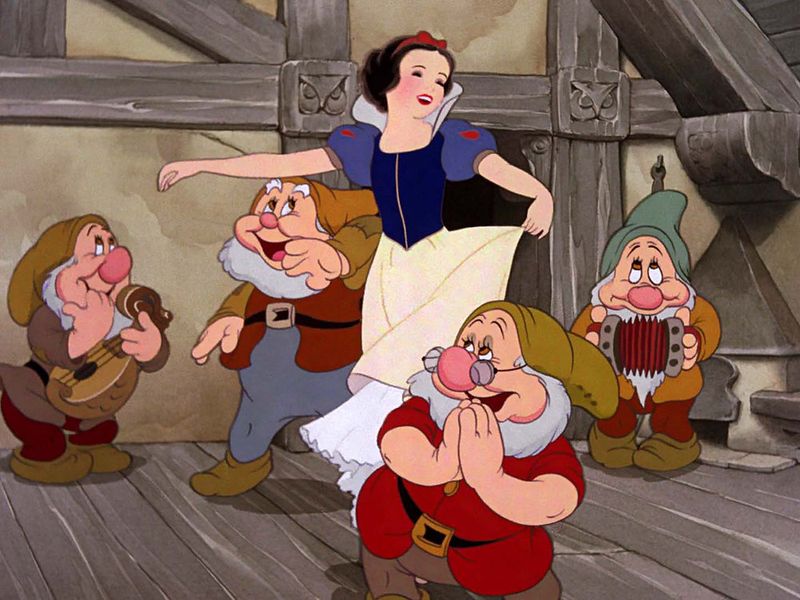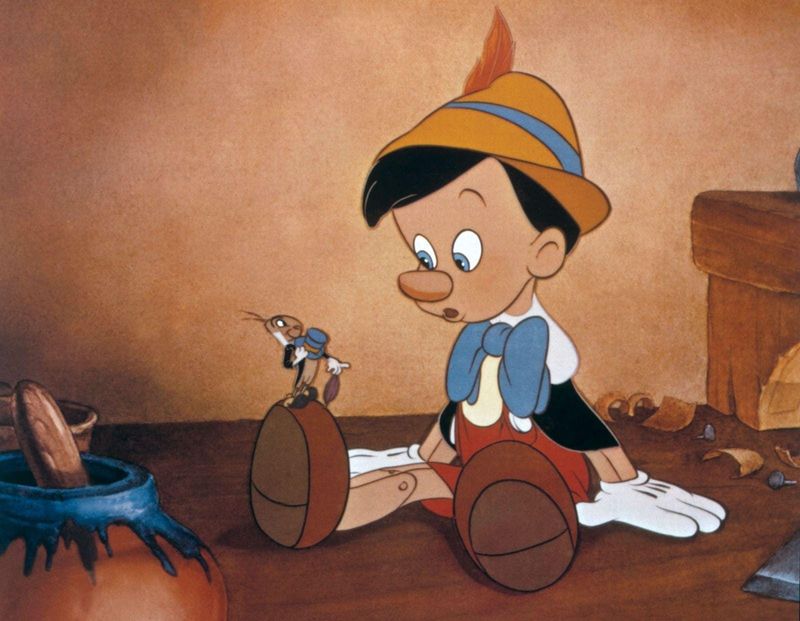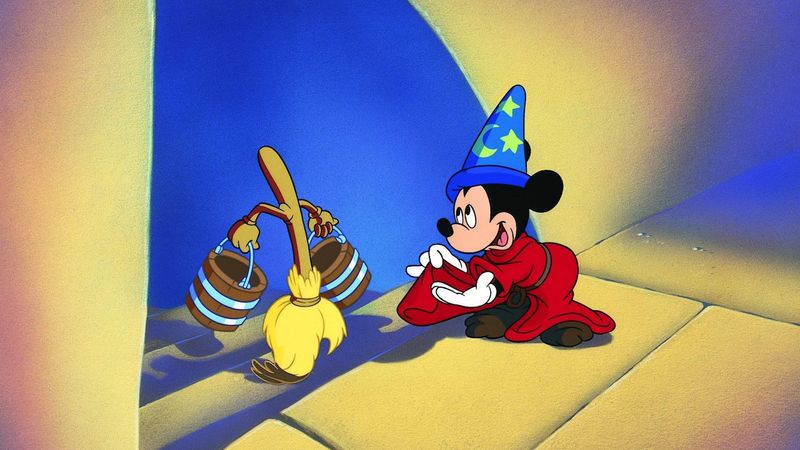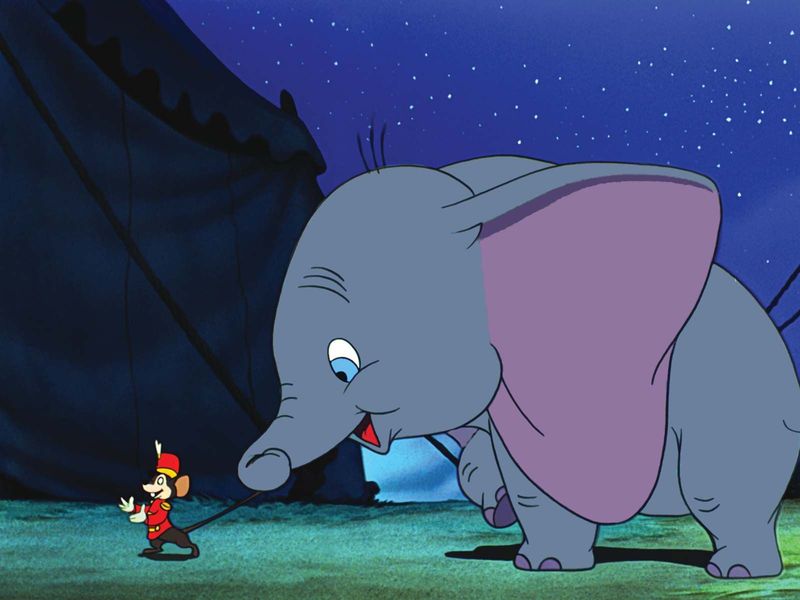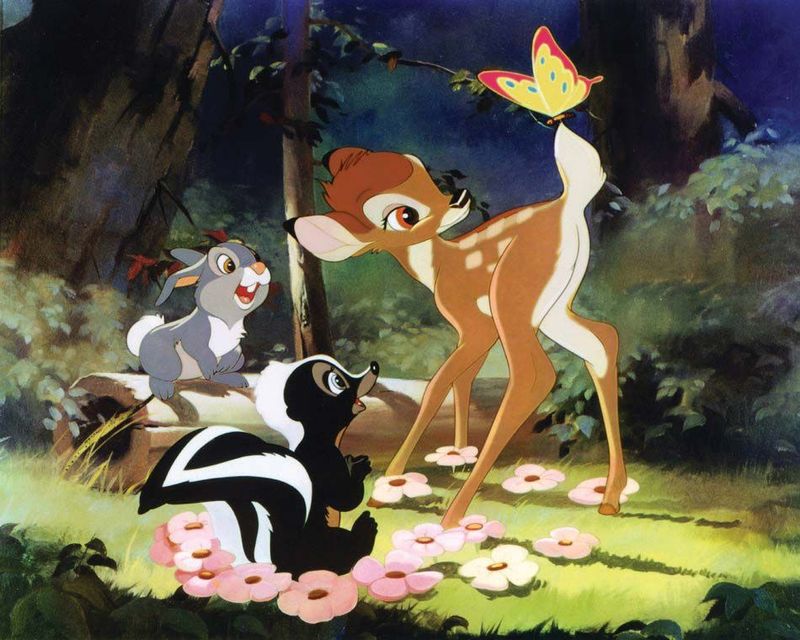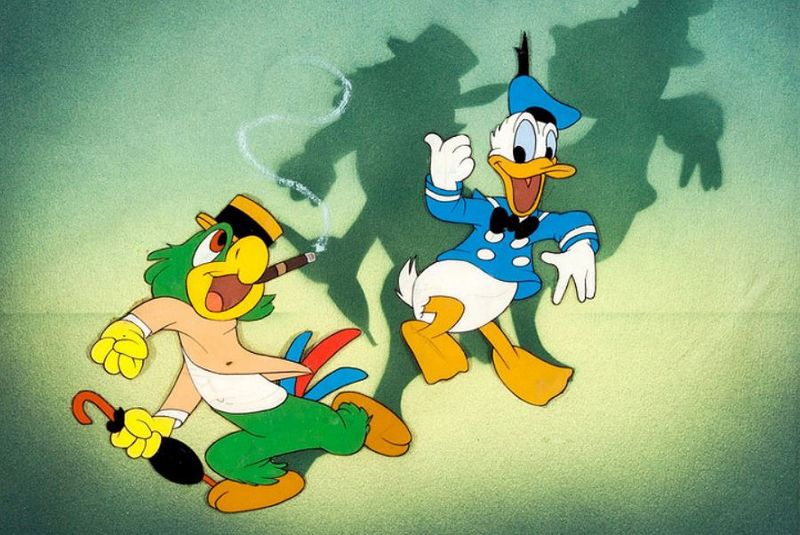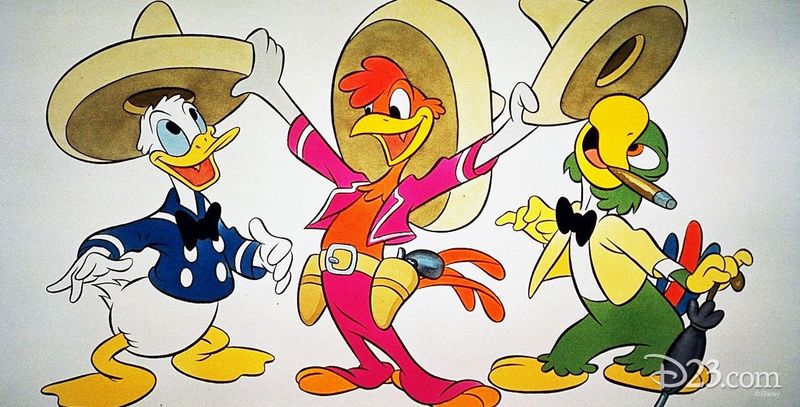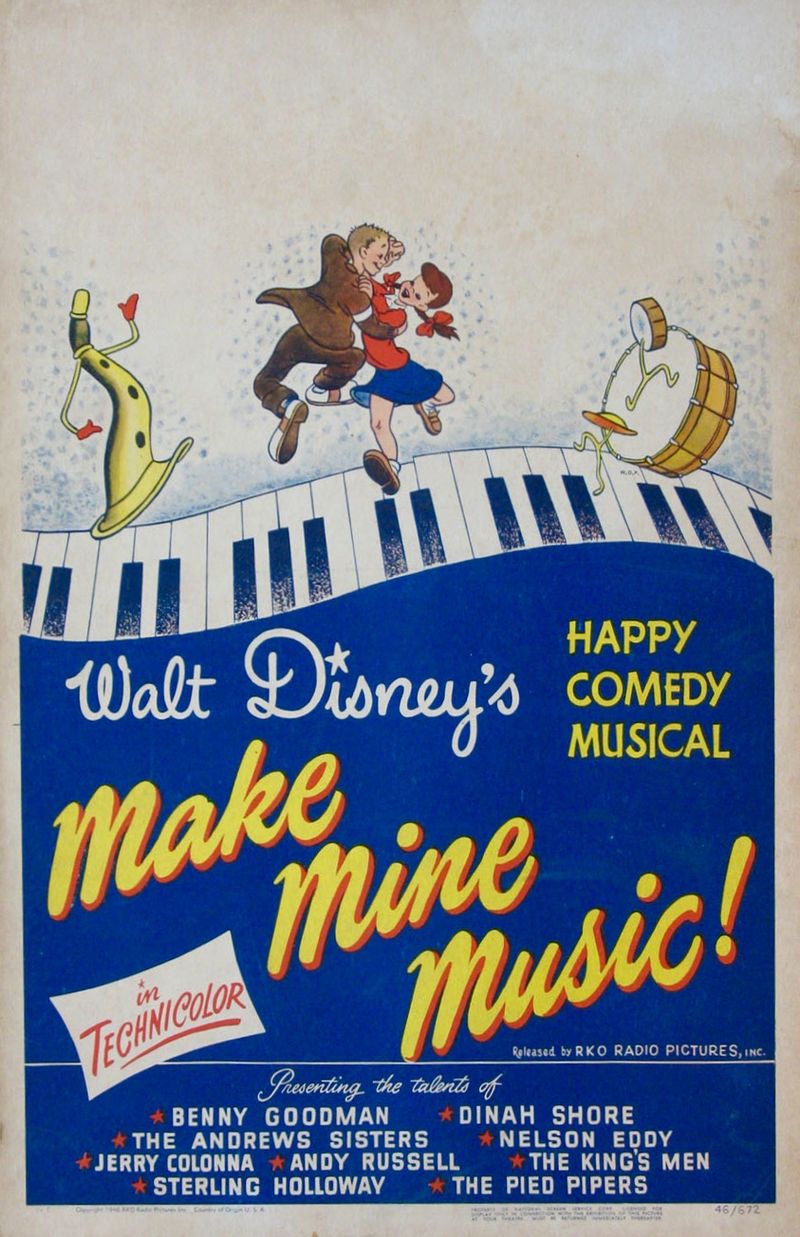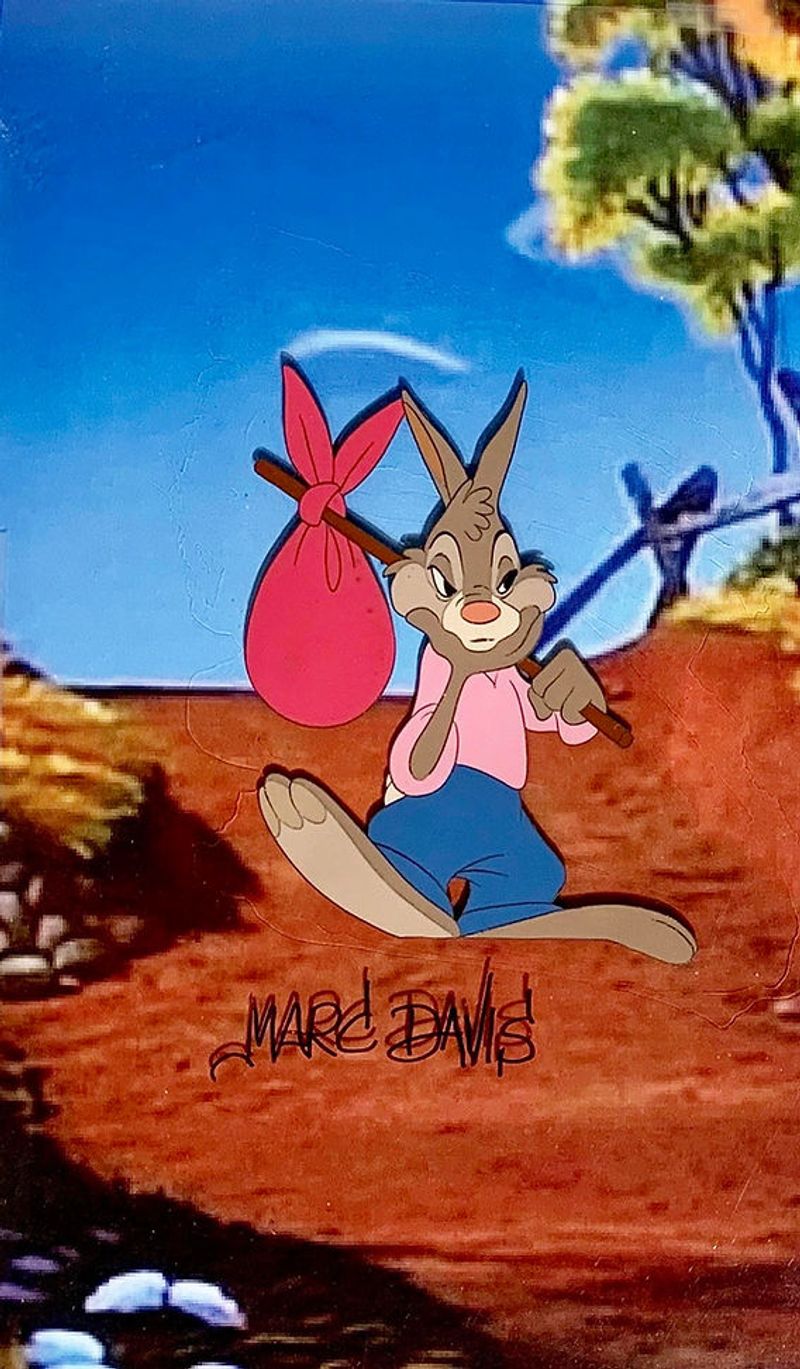Before Mickey Mouse became a household name and princesses ruled the box office, Walt Disney was busy creating animation history with his earliest films. These pioneering creations established techniques and storytelling approaches that would define animation for generations to come. From experimental shorts to beloved classics, Disney’s oldest productions reveal the humble beginnings of what would become an entertainment empire.
1. Newman Laugh-O-Grams (1921)
Walt Disney’s career began with these charming black-and-white fairy tale parodies created for Kansas City’s Newman Theater. The young animator was just 19 years old when he produced these minute-long shorts, including modern takes on Little Red Riding Hood and Cinderella. Financial struggles plagued these early productions, but their clever animation techniques showed Disney’s natural talent. Though the Laugh-O-Gram studio eventually went bankrupt, these formative works planted the seeds for Disney’s revolutionary vision of storytelling through animation.
2. Alice’s Wonderland (1923)
Imagine a real girl stepping into a hand-drawn cartoon universe! This groundbreaking short combined live-action footage of young Virginia Davis with animated characters, creating a magical world where reality and fantasy intertwined. After his Kansas City studio collapsed, Walt brought this unfinished film to Hollywood, using it to secure a distribution deal that launched Disney Brothers Studio. The resulting Alice Comedies series featured 56 shorts between 1923-1927, establishing Disney as an innovative force in the industry.
3. Steamboat Willie (1928)
Mickey Mouse whistling at the helm of a steamboat represents Disney’s greatest gamble. This wasn’t actually Mickey’s first appearance, but it was the first with synchronized sound – a revolutionary concept that changed animation forever. The public went wild for the musical cartoon featuring Mickey at the wheel and Minnie as his musical partner. Walt Disney himself provided Mickey’s voice for this groundbreaking short. Without Steamboat Willie’s success, the Disney company might have sunk entirely, making this seven-minute marvel perhaps the most consequential film in animation history.
4. The Skeleton Dance (1929)
Four bony skeletons emerge from their graves at midnight to perform a macabre dance routine that’s equal parts spooky and silly. This eerie short kicked off Disney’s famous Silly Symphonies series, which focused on musical storytelling rather than recurring characters. Animator Ub Iwerks crafted each frame with remarkable attention to detail, creating fluid movement that was revolutionary for its time. The film’s success proved Disney could expand beyond Mickey Mouse. This Halloween favorite continues to charm audiences with its playful dance of death set to the classical tune “Danse Macabre.”
5. Flowers and Trees (1932)
A technological revolution bloomed with this enchanting forest tale! Originally planned as a black-and-white short, Disney scrapped months of work to restart production when Technicolor became available. The gamble paid off spectacularly. Viewers gasped at the vibrant colors bringing to life anthropomorphic trees, flowers, and mushrooms in a romantic woodland story. Beyond winning Disney’s first Academy Award, this nature-inspired fantasy established color as animation’s future. The film’s environmental themes – including a dramatic forest fire sequence – showcase Disney’s talent for blending beauty with drama.
6. The Three Little Pigs (1933)
“Who’s afraid of the Big Bad Wolf?” This catchy tune became America’s unofficial anthem during the Great Depression, as audiences found hope in the story of the practical pig who built his house of brick. Released when banks were failing nationwide, the film’s message of preparation and perseverance struck a powerful chord. Characters displayed distinct personalities – a Disney innovation that transformed animation storytelling. The short’s unprecedented seven-month theatrical run demonstrated how animation could deliver meaningful stories beyond simple gags. Its cultural impact extended far beyond theaters into merchandise, music, and American vocabulary.
7. Snow White and the Seven Dwarfs (1937)
Hollywood mockingly called it “Disney’s Folly” – who would sit through a feature-length cartoon? Walt mortgaged his house and trained his artists for years to create this unprecedented masterpiece. The risk delivered cinema history. Snow White dazzled audiences with its emotional storytelling, memorable songs, and revolutionary animation techniques that brought human characters to life with unprecedented realism. Beyond becoming 1938’s highest-grossing film, it proved animation could create profound emotional experiences. The film’s combination of humor, terror, romance and triumph established the template for Disney storytelling that continues today.
8. Pinocchio (1940)
A wooden puppet dreams of becoming a real boy in this moral tale that showcases Disney’s astonishing technical growth. The multiplane camera created unprecedented depth, while water effects and character animation reached new heights of realism. Despite winning two Academy Awards and universal critical acclaim, wartime European market closures made Pinocchio initially unprofitable. The film’s dark moments – including children transformed into donkeys – proved more frightening than Snow White’s witch. Time revealed its genius. From the unforgettable “When You Wish Upon a Star” to Jiminy Cricket’s charm, Pinocchio now stands among Disney’s greatest artistic achievements.
9. Fantasia (1940)
Classical music meets cutting-edge animation in Disney’s most ambitious artistic experiment. Eight animated segments interpreted pieces from Bach to Stravinsky, with Leopold Stokowski conducting the Philadelphia Orchestra in pioneering stereophonic sound. Mickey Mouse’s appearance as the Sorcerer’s Apprentice provided the only familiar character in this abstract journey. Audiences in 1940 weren’t prepared for dancing hippos, evolving dinosaurs, and mountain demons set to classical masterpieces. Though initially a commercial disappointment, Fantasia found its audience through re-releases, eventually becoming a beloved classic that demonstrated animation’s potential as high art.
10. Dumbo (1941)
Made quickly on a modest budget to recoup Fantasia’s losses, this flying elephant’s tale soared beyond expectations. The simple story of a big-eared circus elephant separated from his mother connected powerfully with wartime audiences experiencing their own separations. Clocking in at just 64 minutes, Dumbo’s streamlined animation style proved emotionally effective despite its simplicity. The surreal “Pink Elephants on Parade” sequence remains one of Disney’s most psychedelic creations. Timothy Mouse’s friendship with the bullied elephant delivered a heartwarming message about embracing differences that continues to resonate decades later.
11. Bambi (1942)
Few films capture nature’s beauty and brutality like this woodland coming-of-age story. Disney artists studied real deer for years, creating animation so lifelike it approaches photorealism in many scenes. The film’s infamous hunting sequence traumatized generations of children while delivering a powerful conservation message. Released during World War II, Bambi’s themes of loss and resilience resonated with audiences experiencing similar traumas. Beyond its emotional impact, Bambi represents the pinnacle of Disney’s nature animation. The forest changes through seasons with breathtaking artistry, creating an immersive world that feels authentically wild yet emotionally accessible.
12. Saludos Amigos (1942)
Uncle Sam enlisted Mickey Mouse for wartime diplomacy with this groundbreaking package film. As part of the U.S. government’s Good Neighbor Policy, Disney animators traveled to South America, capturing live footage and cultural inspirations for this hybrid creation. The film introduced José Carioca, a smooth-talking Brazilian parrot who would become a Disney staple. Goofy’s transformation into an Argentine gaucho delivered laughs while Donald Duck’s journey to Lake Titicaca provided cultural education wrapped in comedy. At just 42 minutes, this modest production kept Disney afloat during wartime restrictions while building crucial Latin American markets.
13. The Three Caballeros (1944)
Donald Duck’s Latin American adventures continue in this technicolor fiesta blending animation with live-action performances. José Carioca returns alongside new character Panchito Pistoles, a rooster representing Mexico, to form the titular musical trio. The film pushed technical boundaries by seamlessly integrating cartoon characters with human dancers and singers. Sequences in Mexico, Brazil, and other Latin American locations showcase diverse cultural celebrations. Critics found the film’s structure chaotic compared to earlier Disney works, but modern viewers appreciate its experimental nature and catchy music. The Three Caballeros represents Disney’s wartime pivot toward cultural ambassadorship.
14. Make Mine Music (1946)
When many of Disney’s animators were drafted during World War II, the studio created this anthology of musical shorts as a cost-effective alternative to feature films. Each segment pairs animation with popular music styles of the 1940s. Highlights include “The Whale Who Wanted to Sing at the Met” featuring Nelson Eddy and “Casey at the Bat” narrated by Jerry Colonna. The romantic “Blue Bayou” segment was originally created for Fantasia but found its home here. This collection of mini-masterpieces kept Disney’s animation department functioning during post-war recovery while exploring diverse musical genres from classical to jazz.
15. Song of the South (1946)
Perhaps Disney’s most controversial creation combines live actors with animated sequences to tell Uncle Remus tales in a post-Civil War setting. James Baskett made history as the first male Black performer to receive an Academy Award for his portrayal of Uncle Remus. The film introduced the Oscar-winning song “Zip-a-Dee-Doo-Dah” and beloved animated characters Br’er Rabbit, Br’er Fox, and Br’er Bear. These characters later inspired the popular Splash Mountain attraction at Disney parks. Due to concerns about its depiction of plantation life, Disney has kept the film unavailable on home video in the United States since its last theatrical release.
